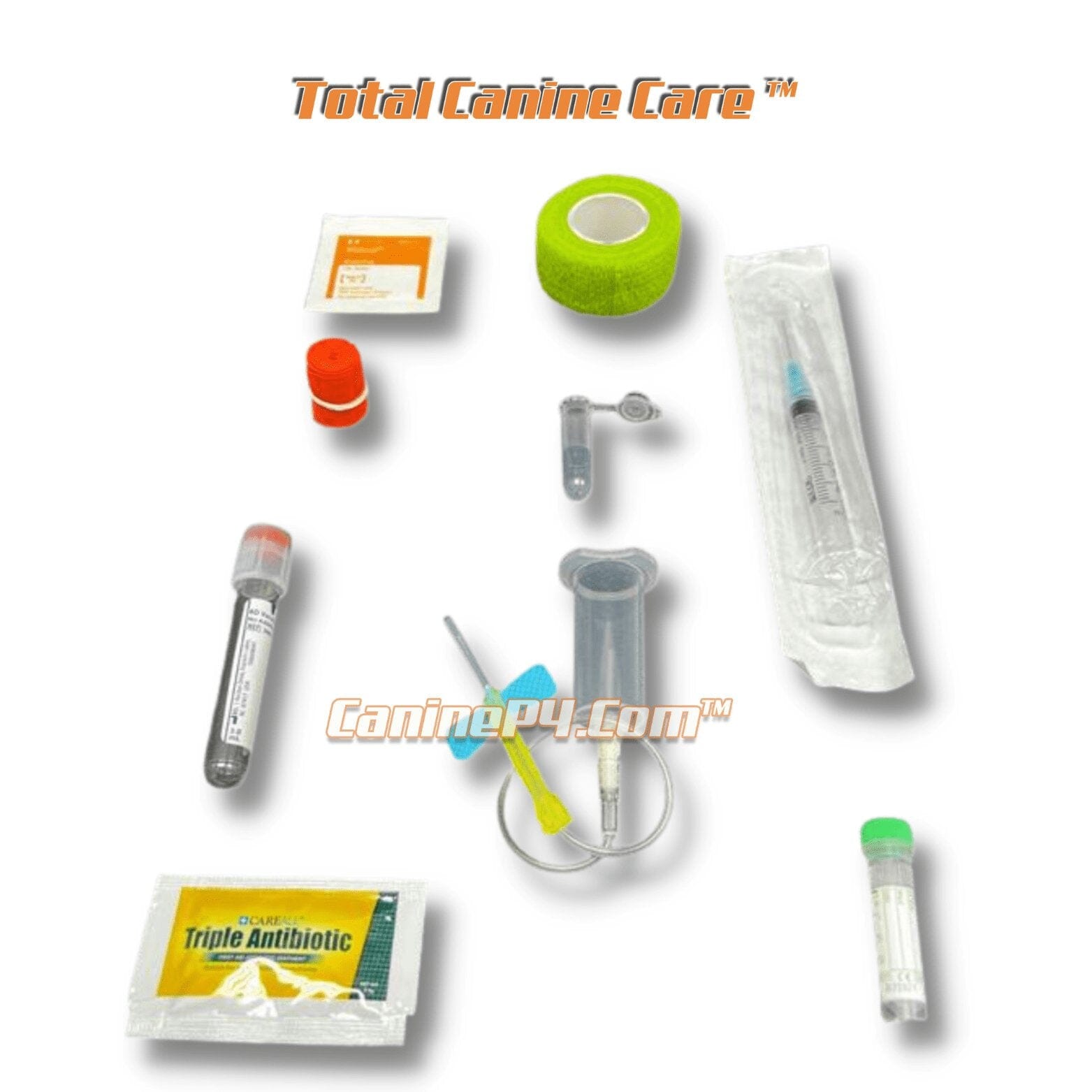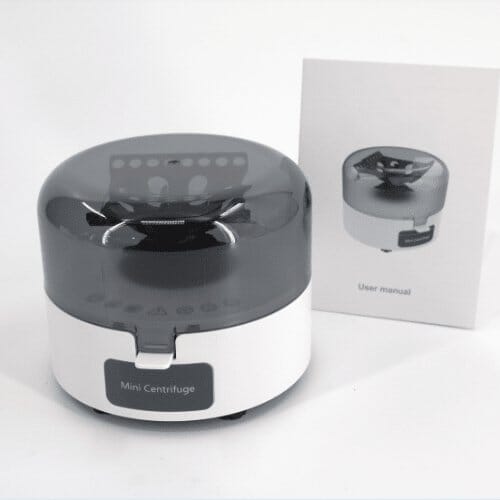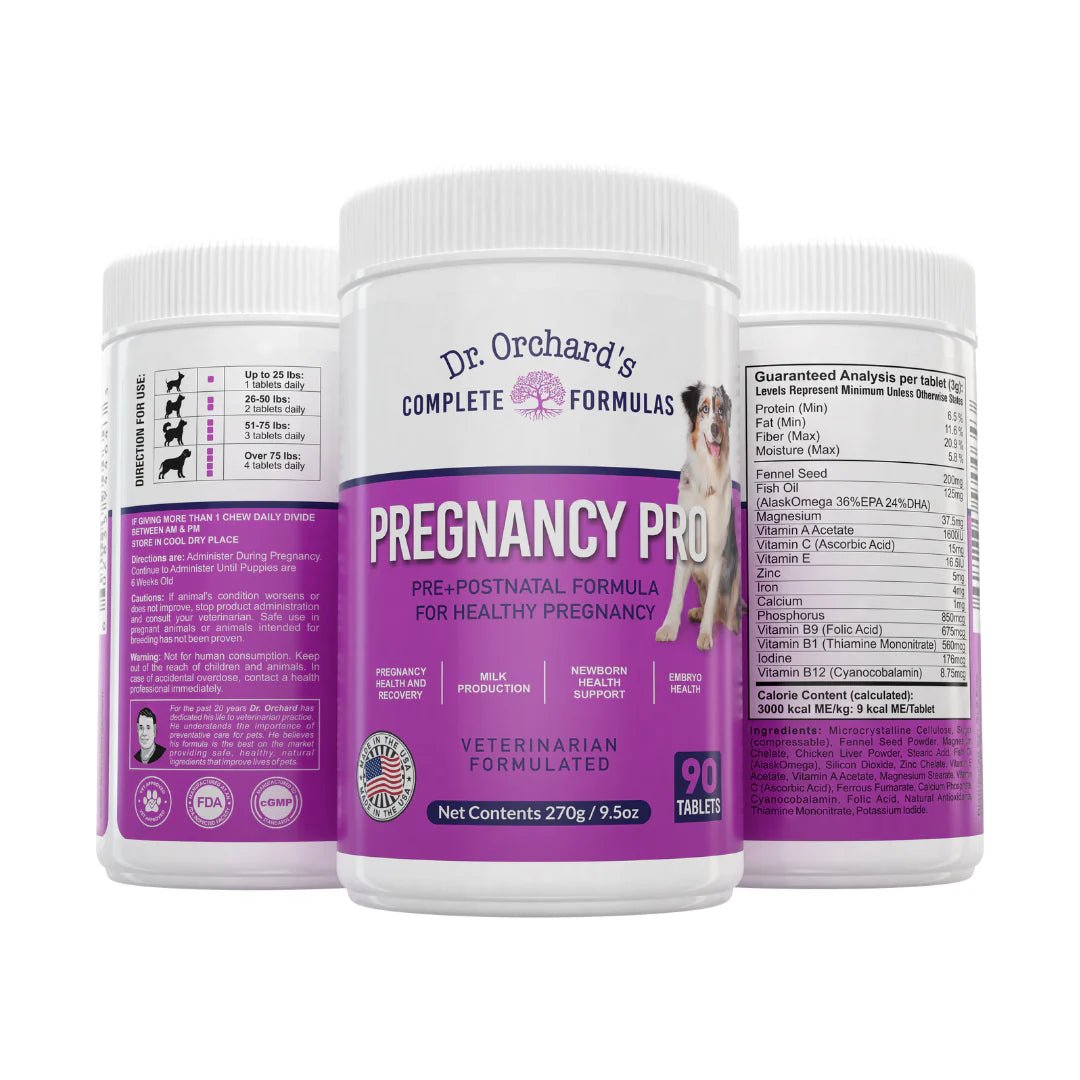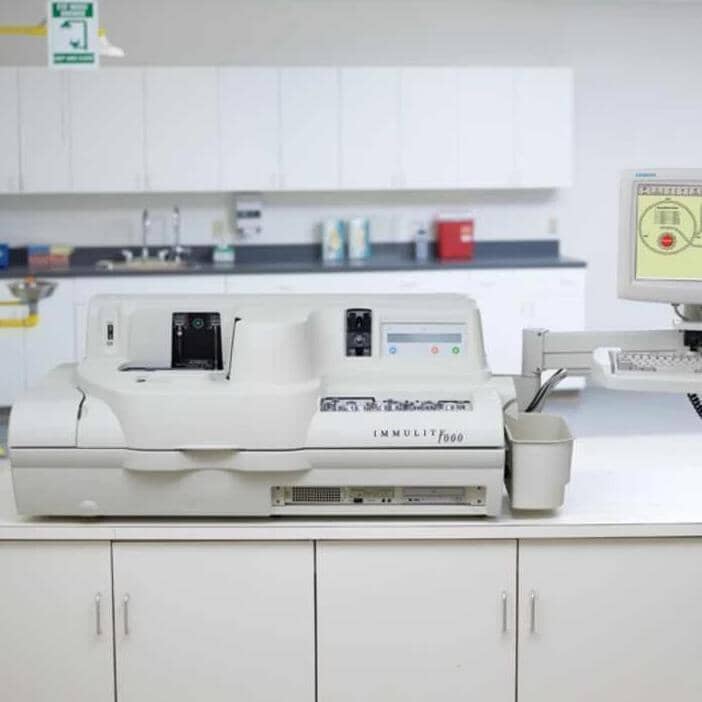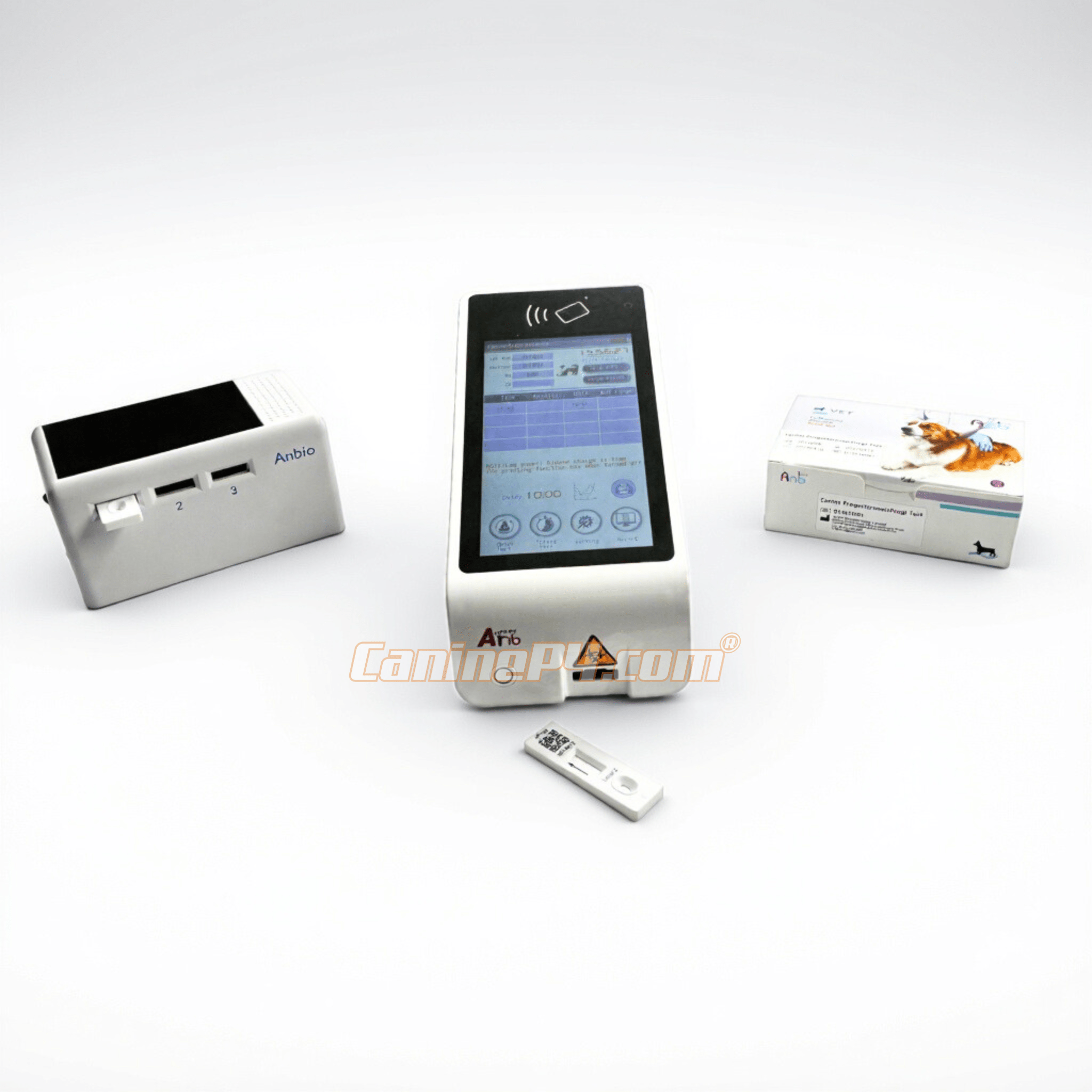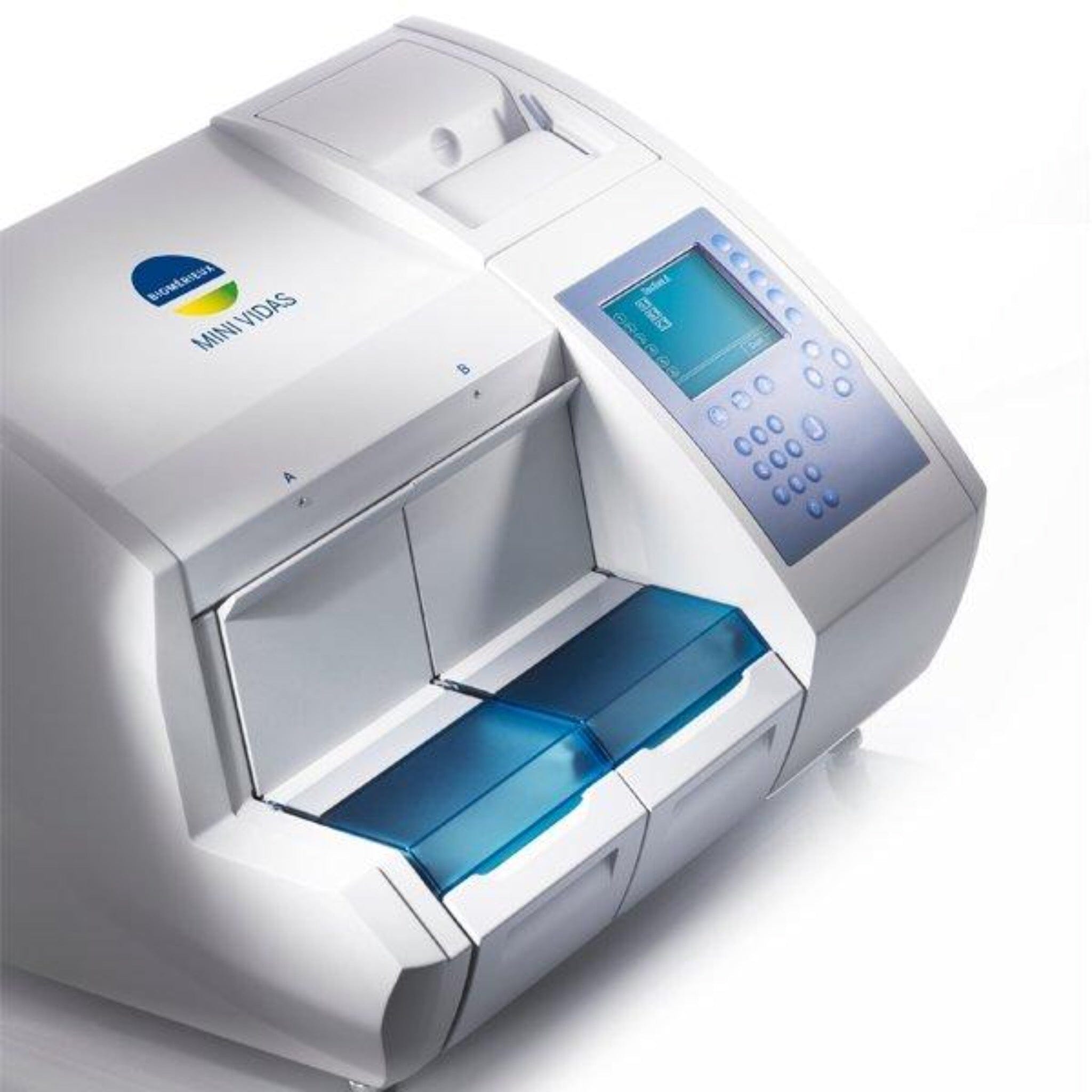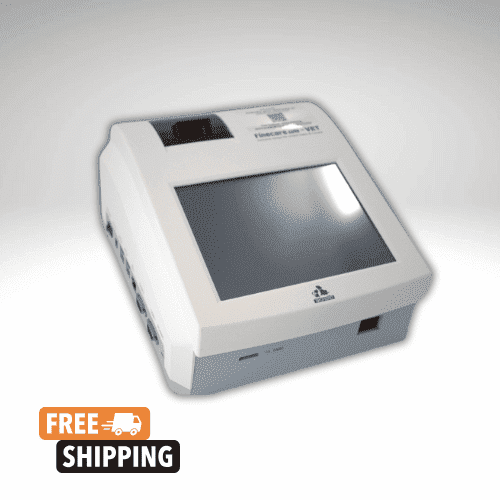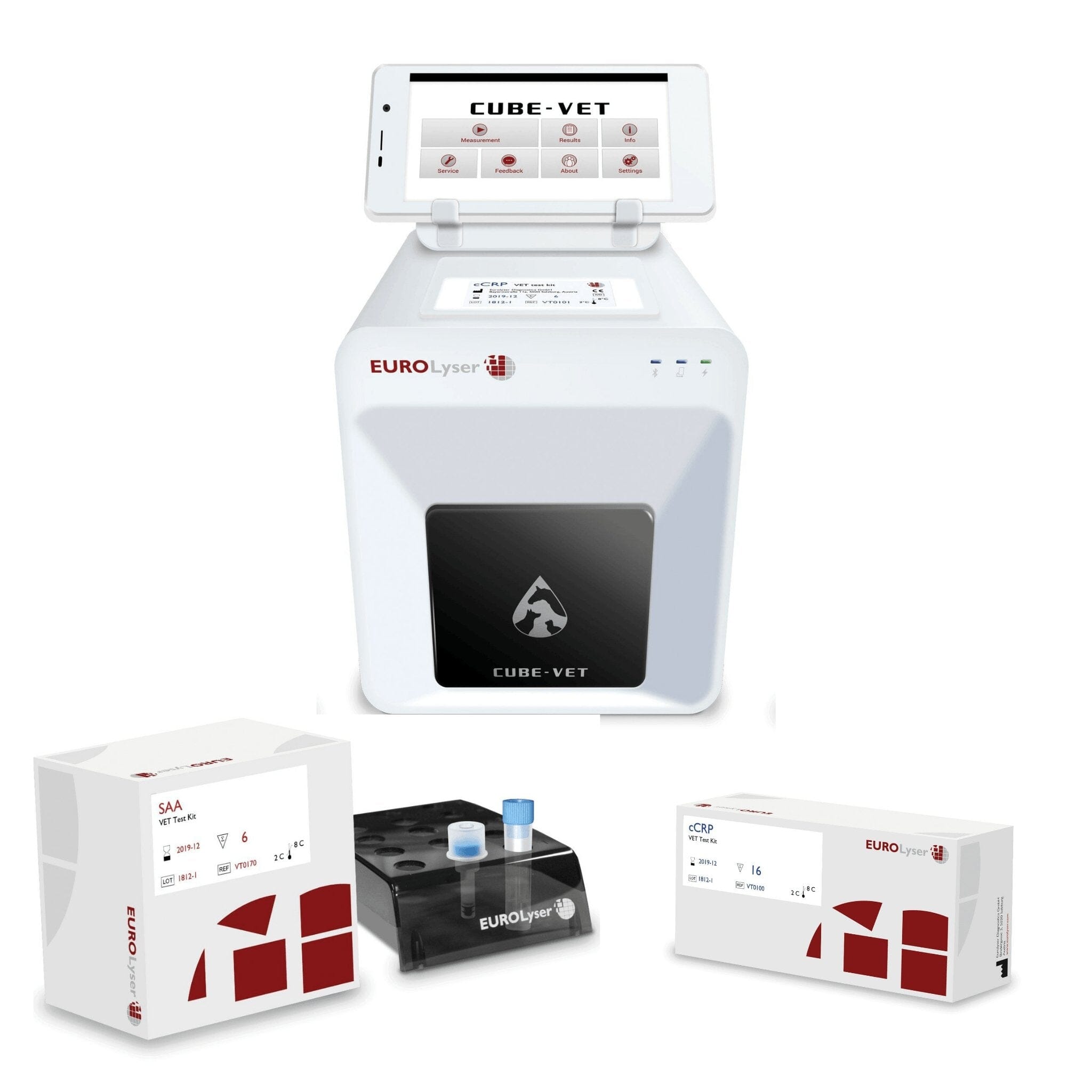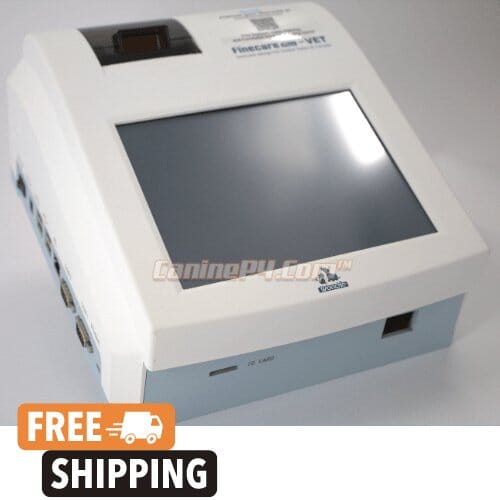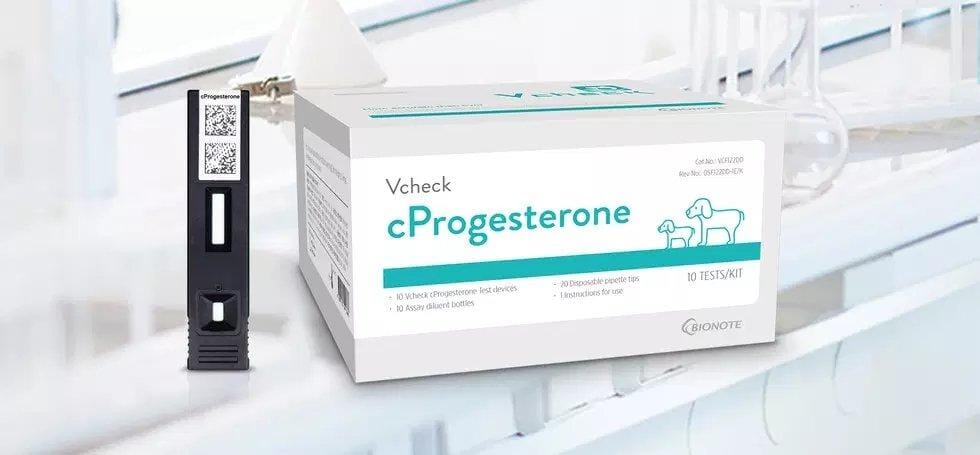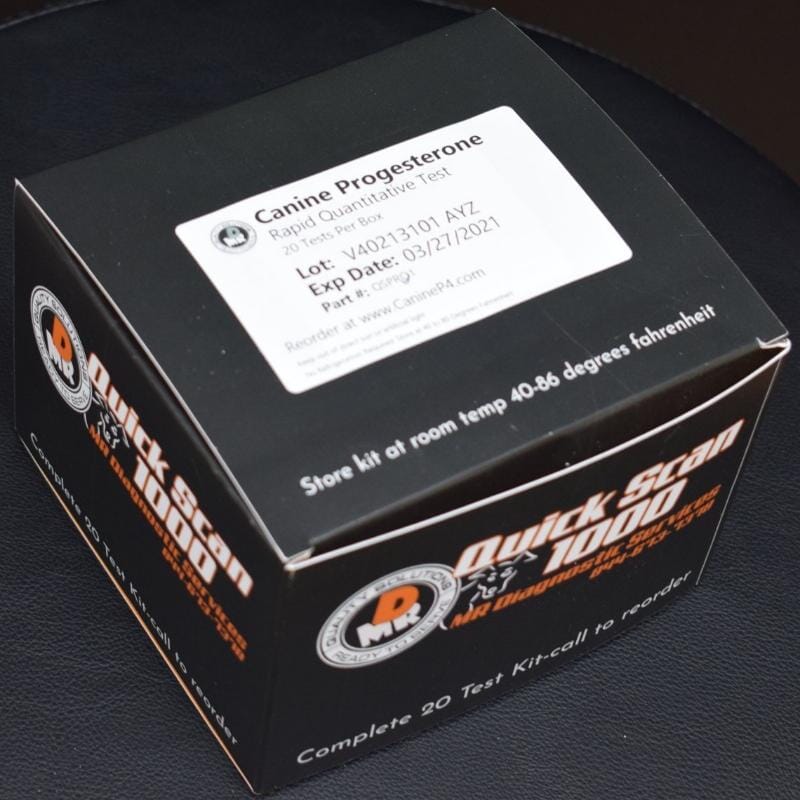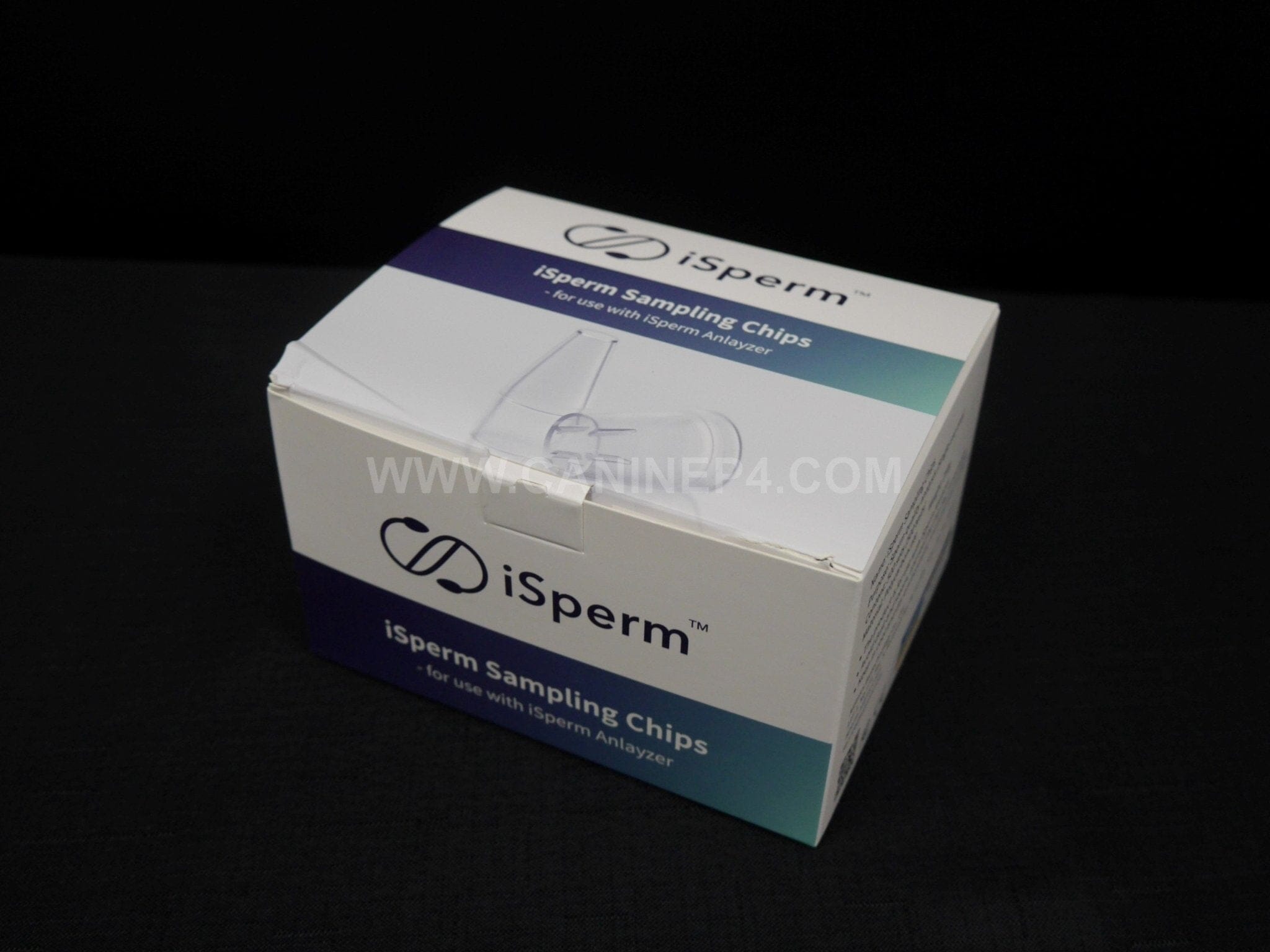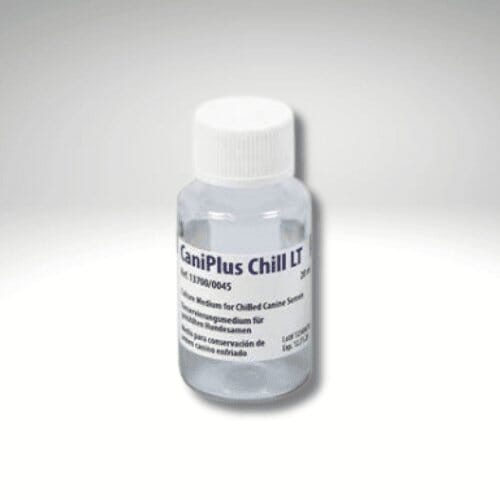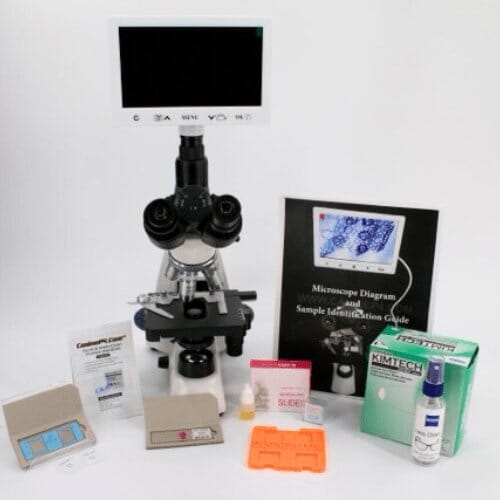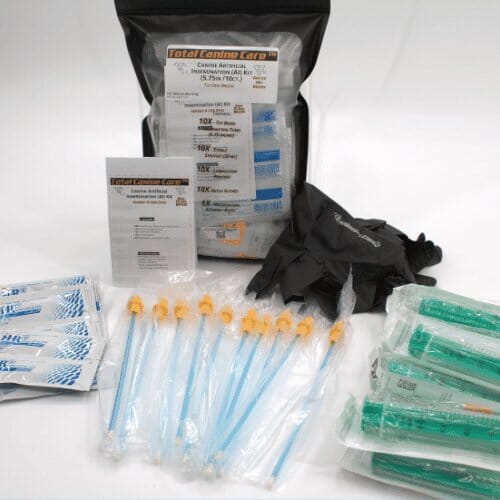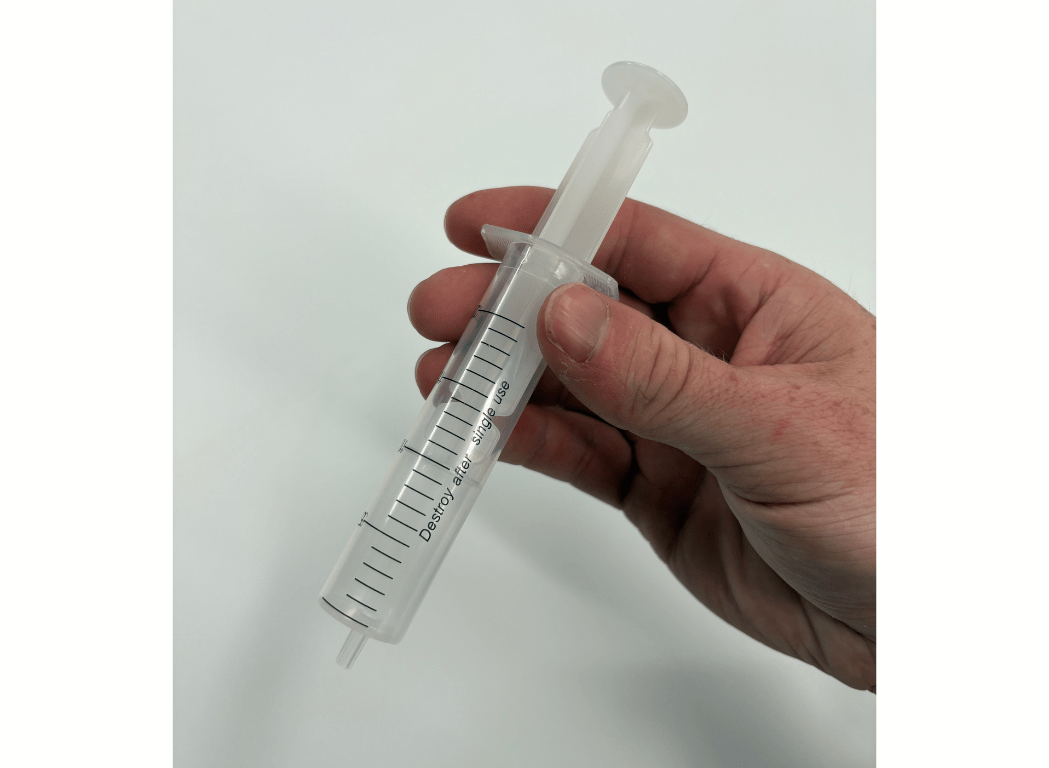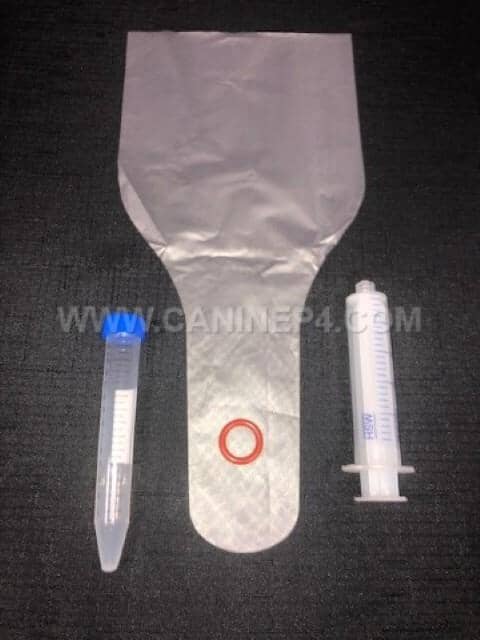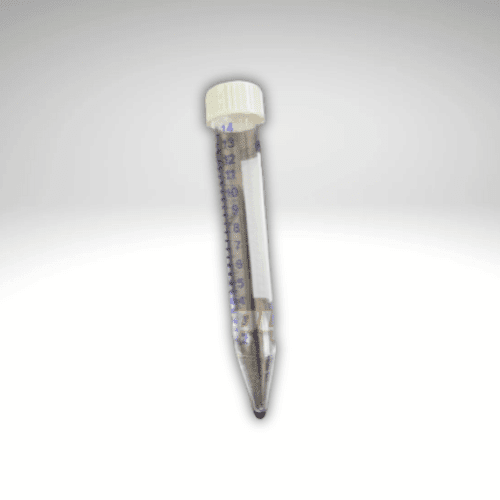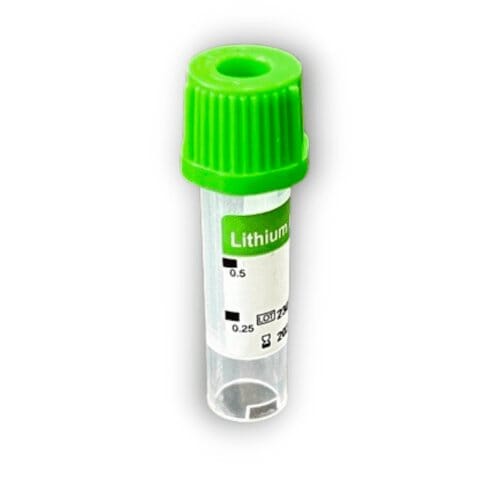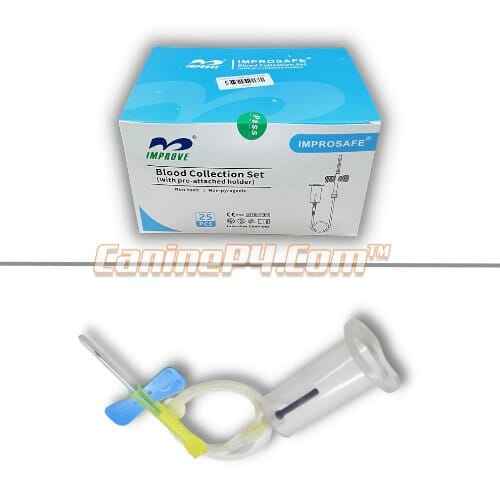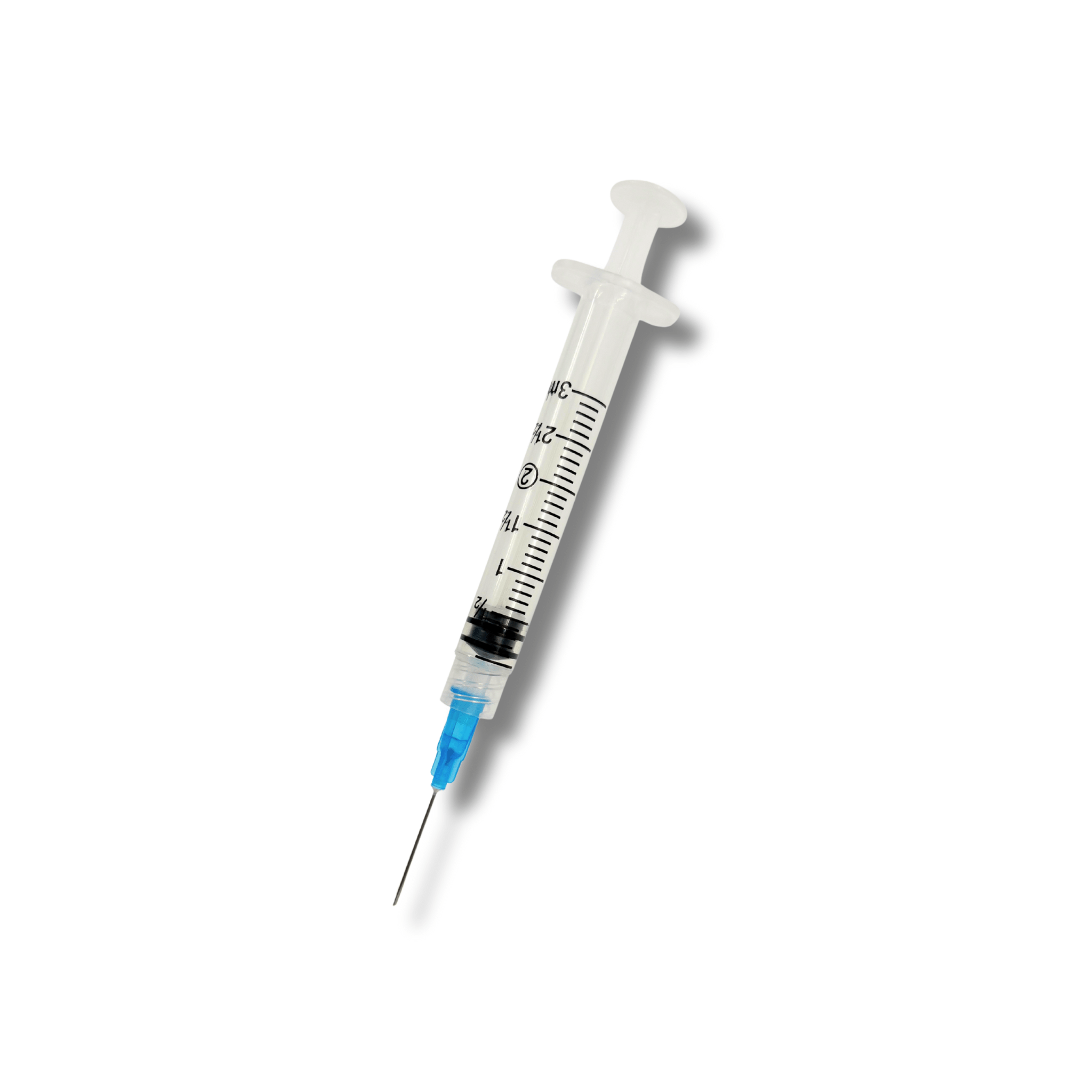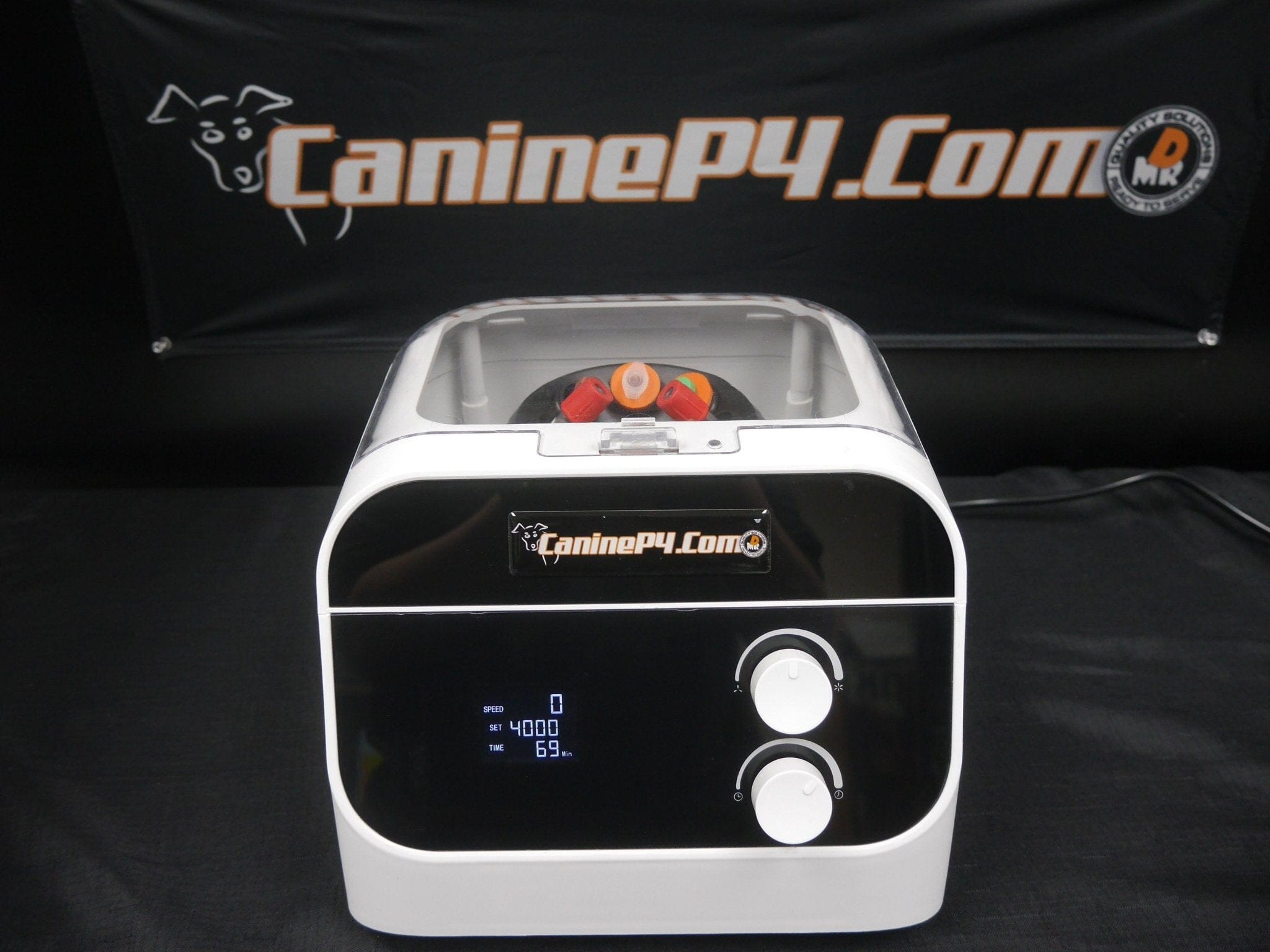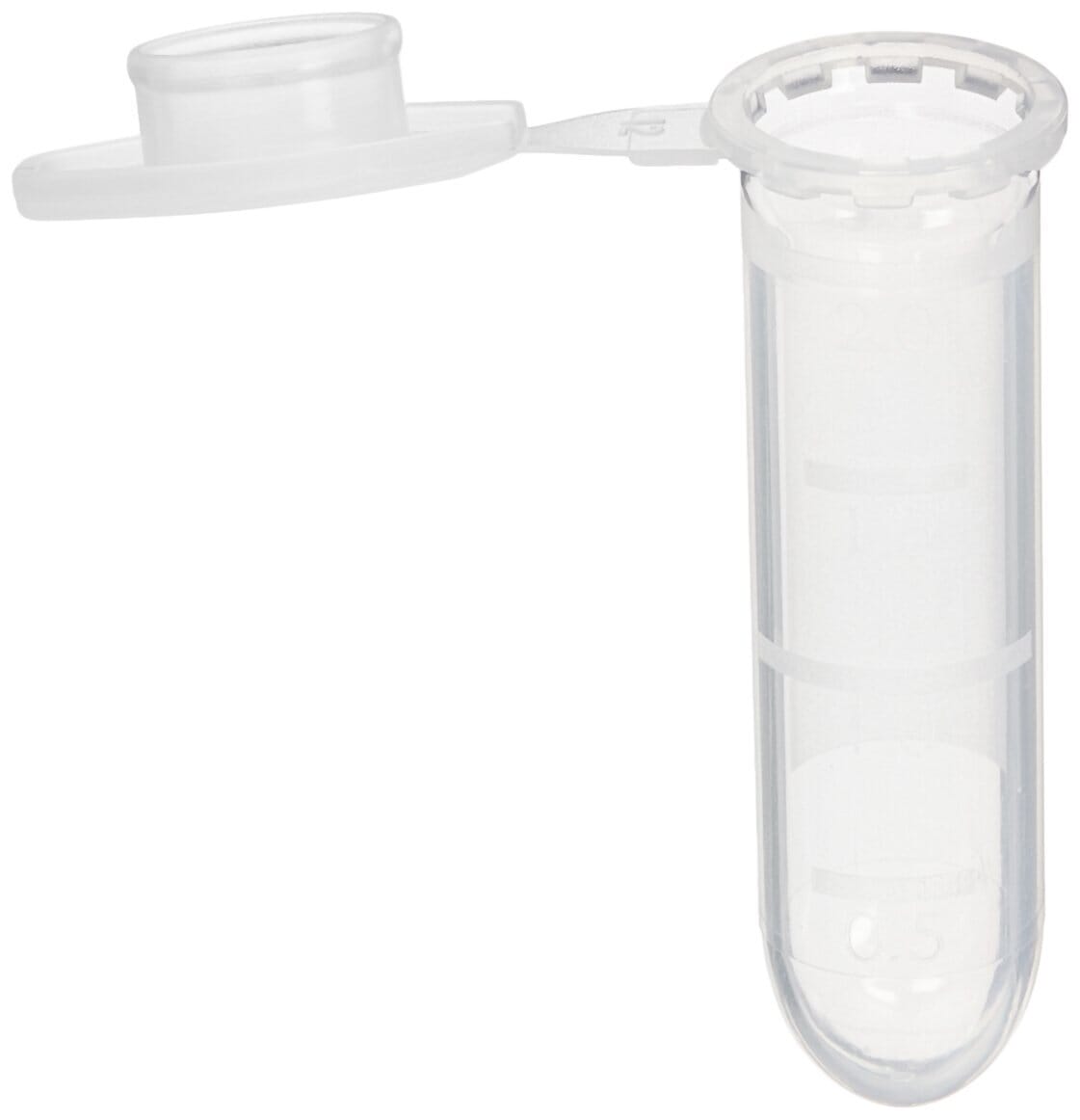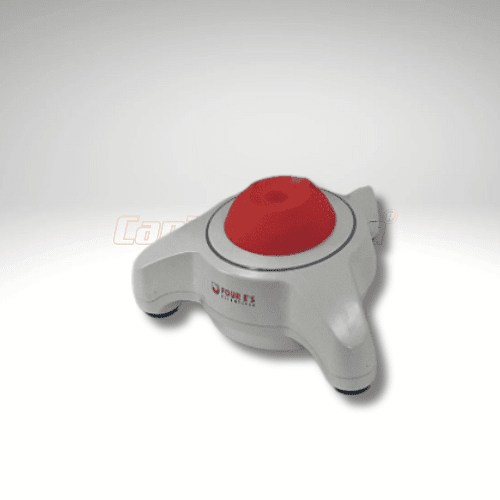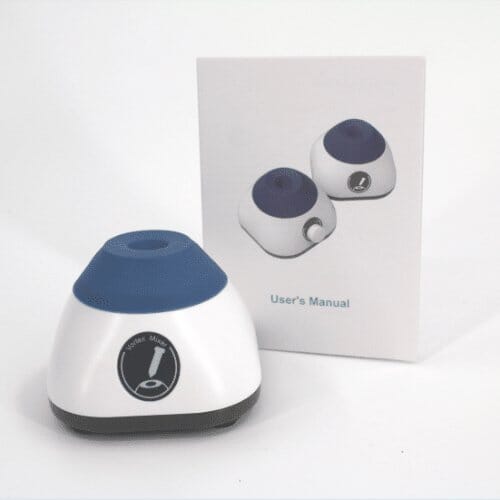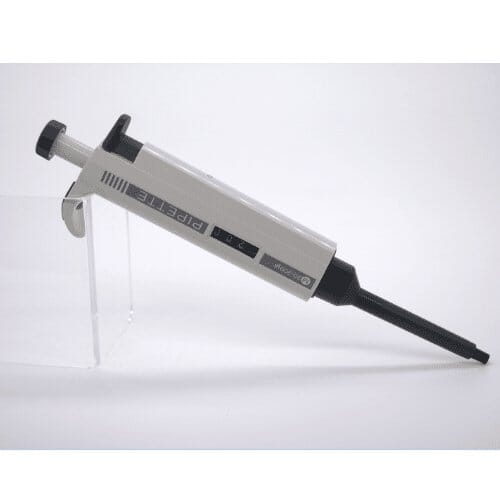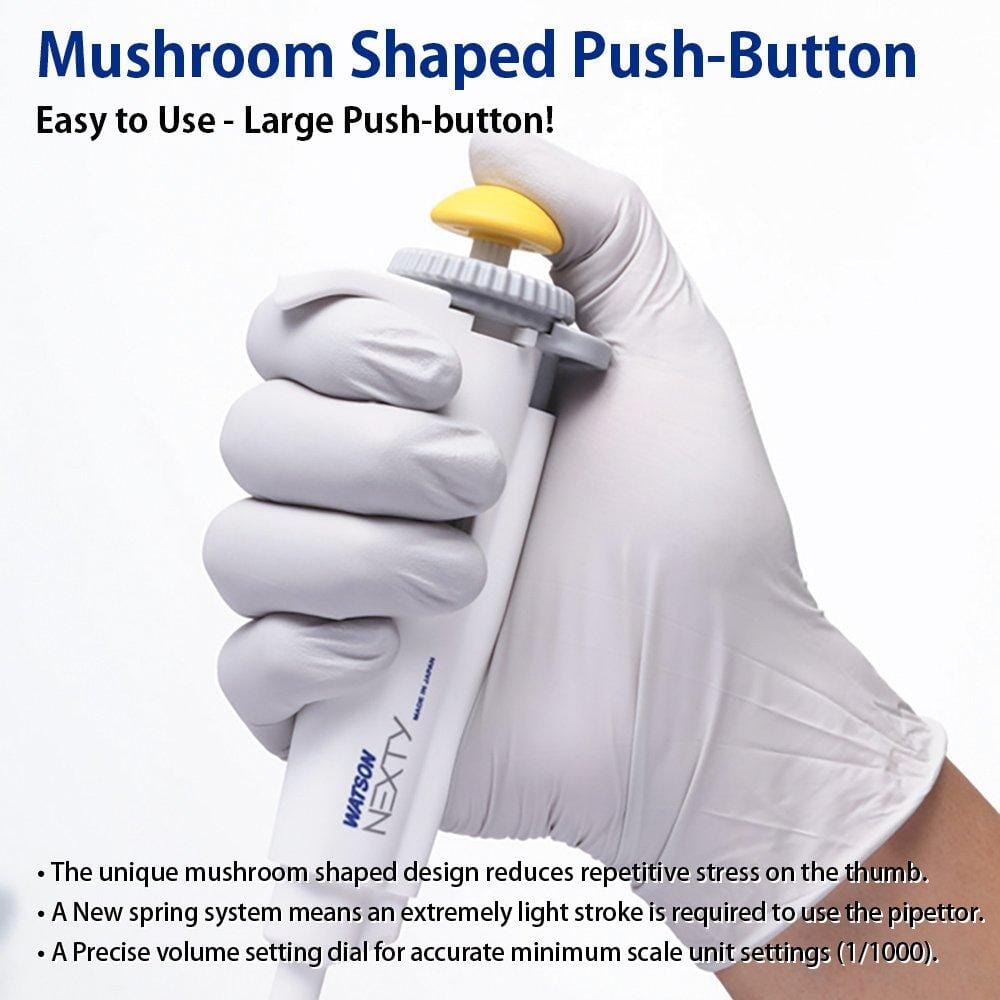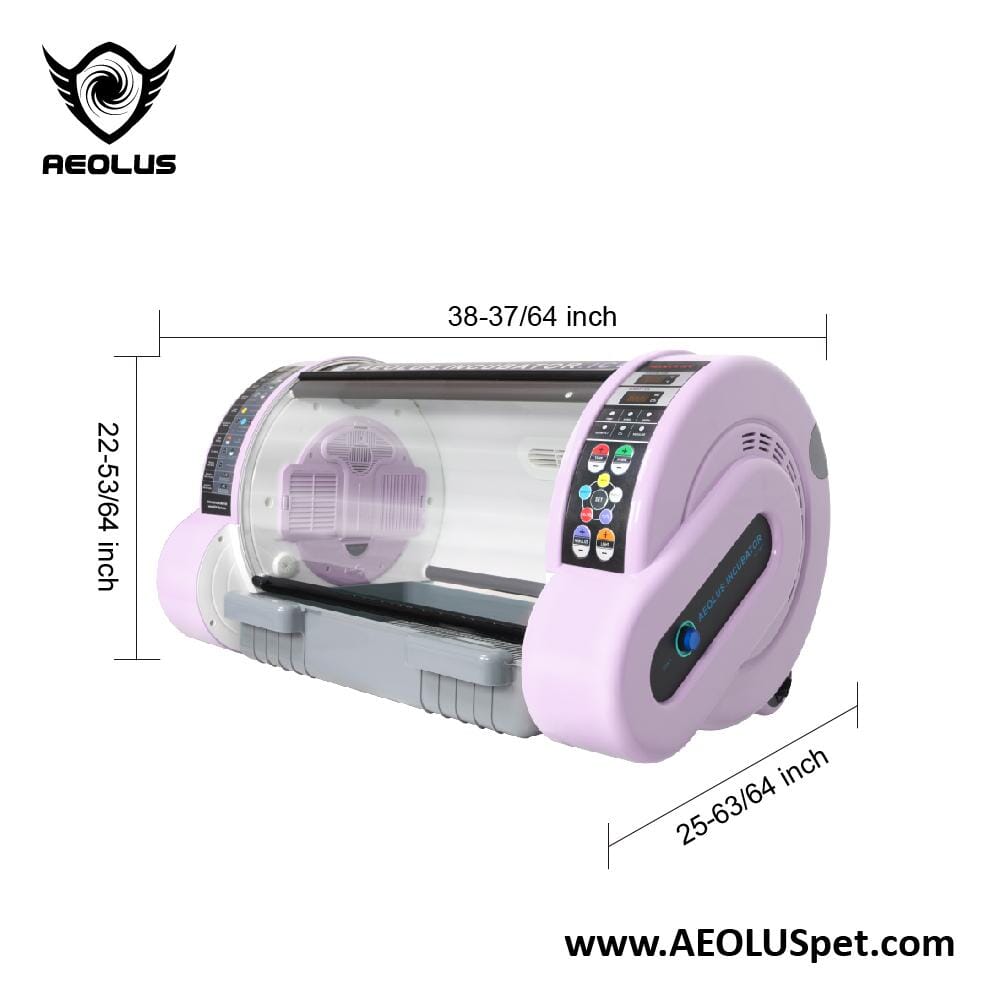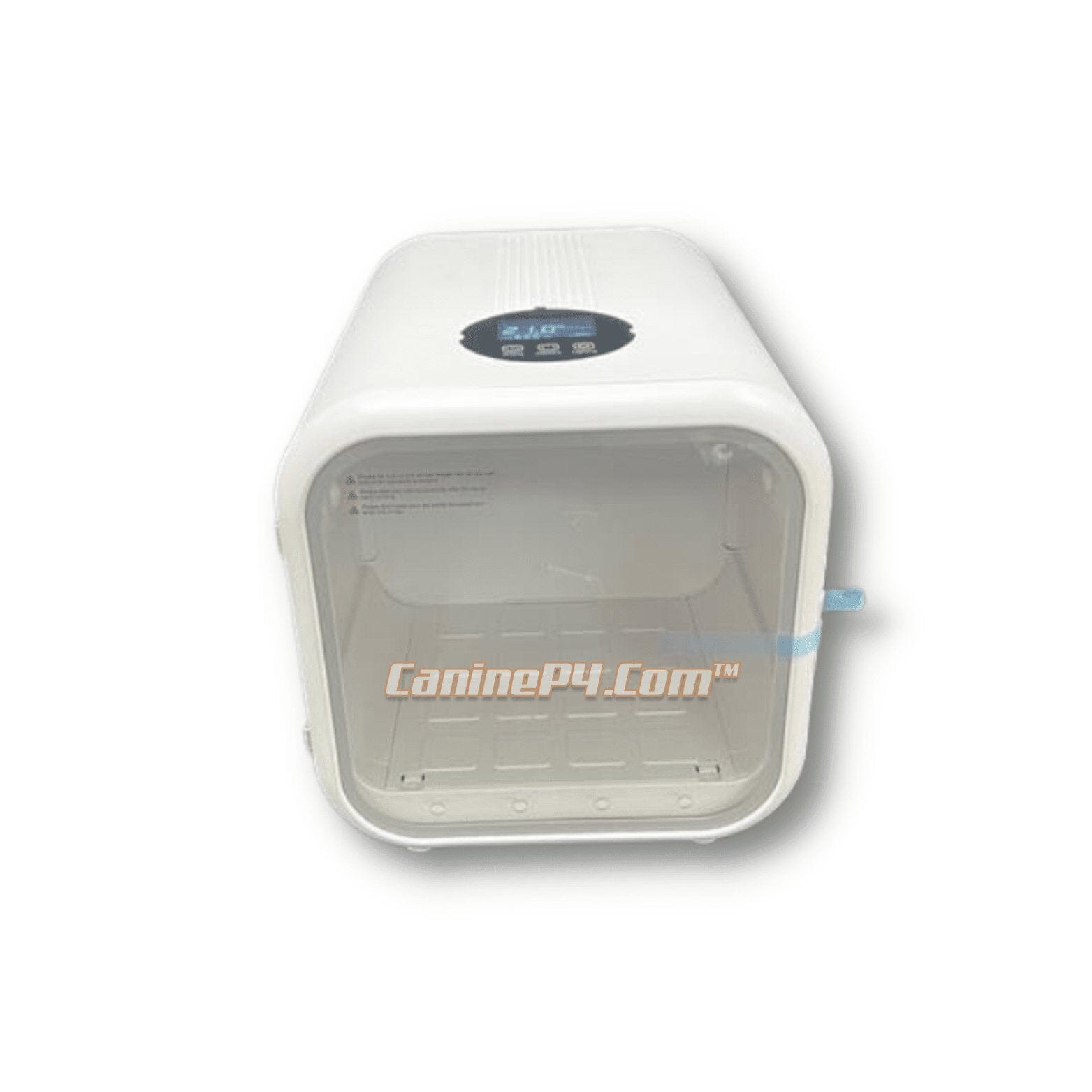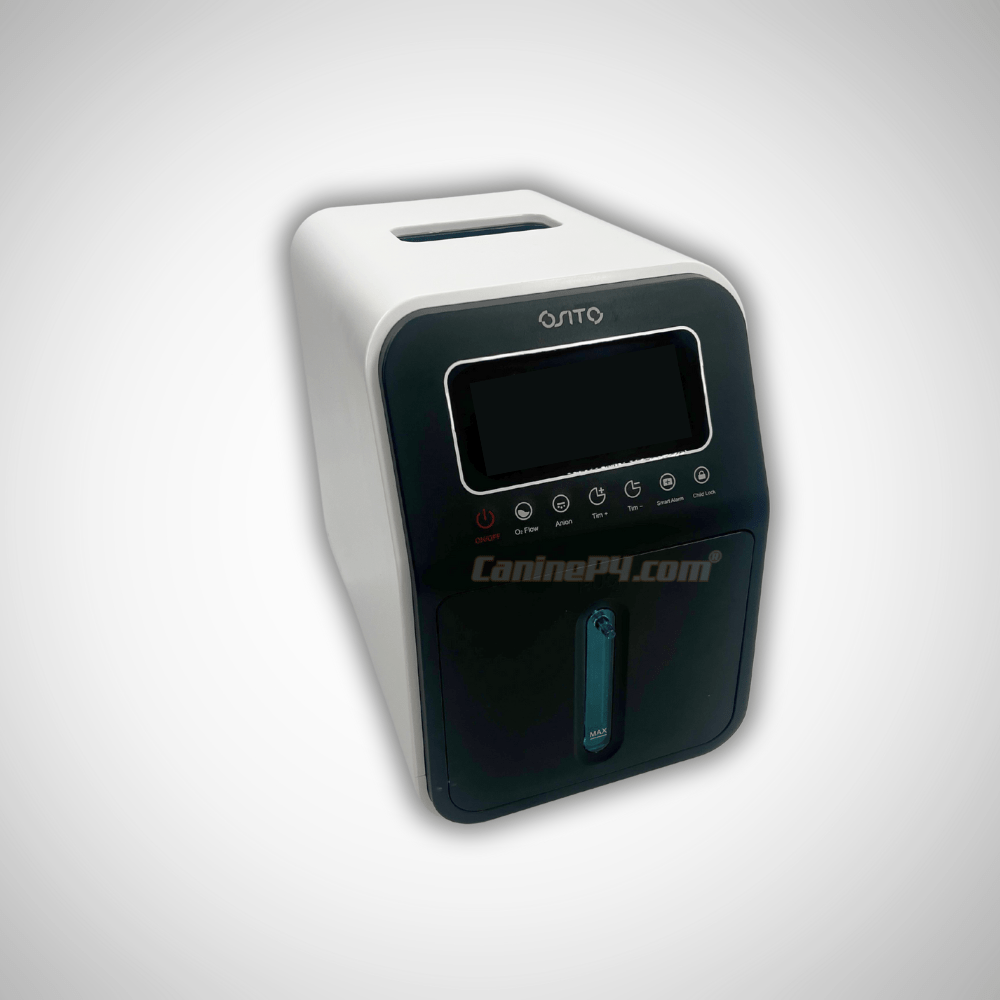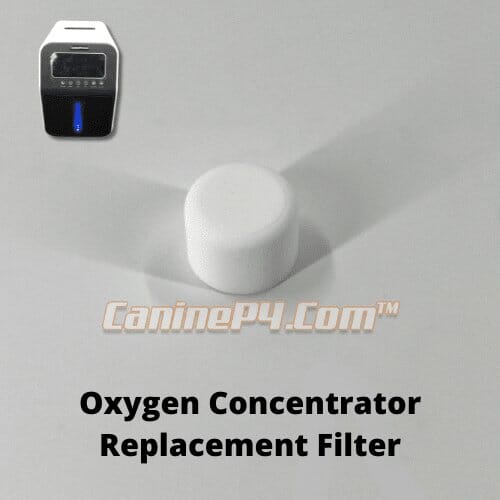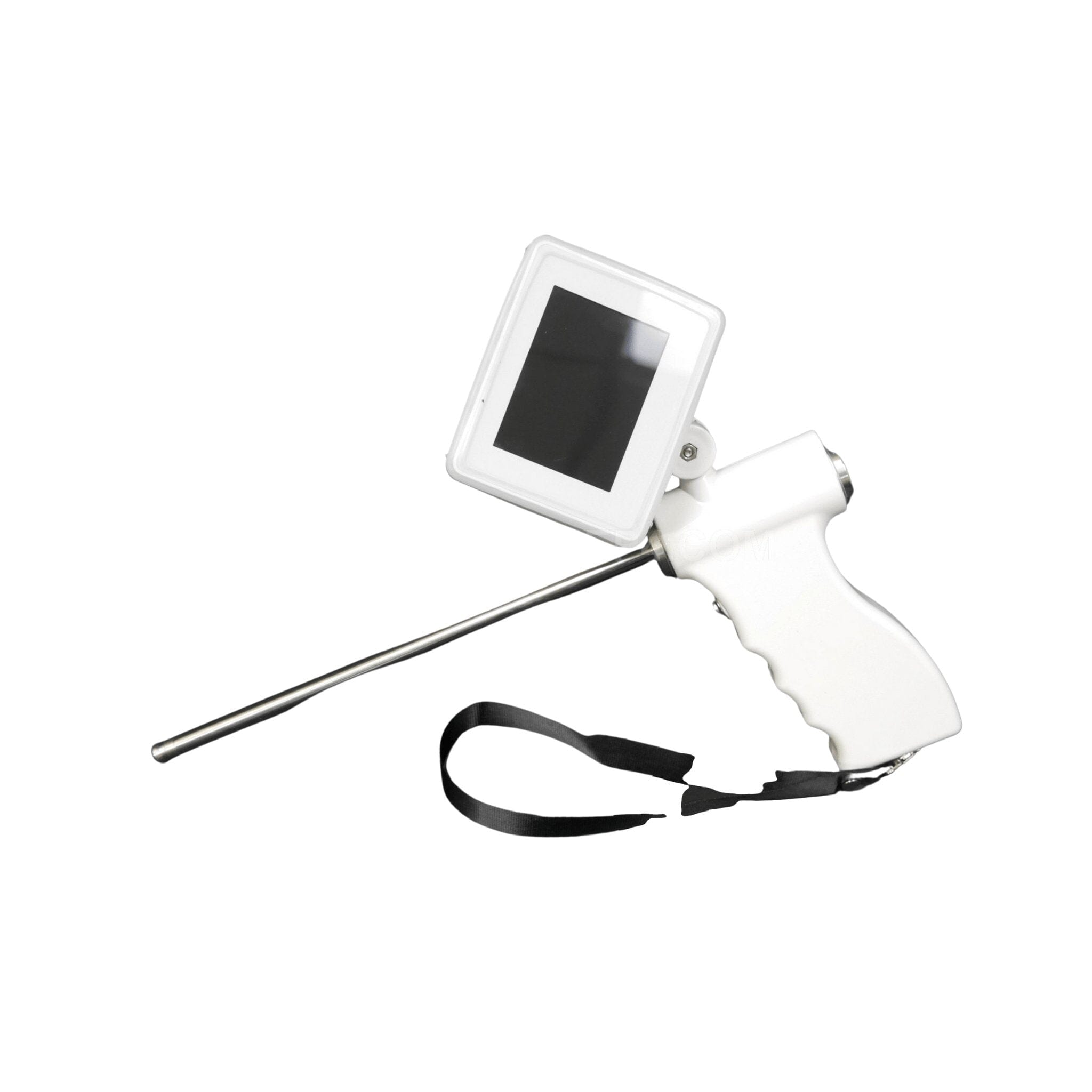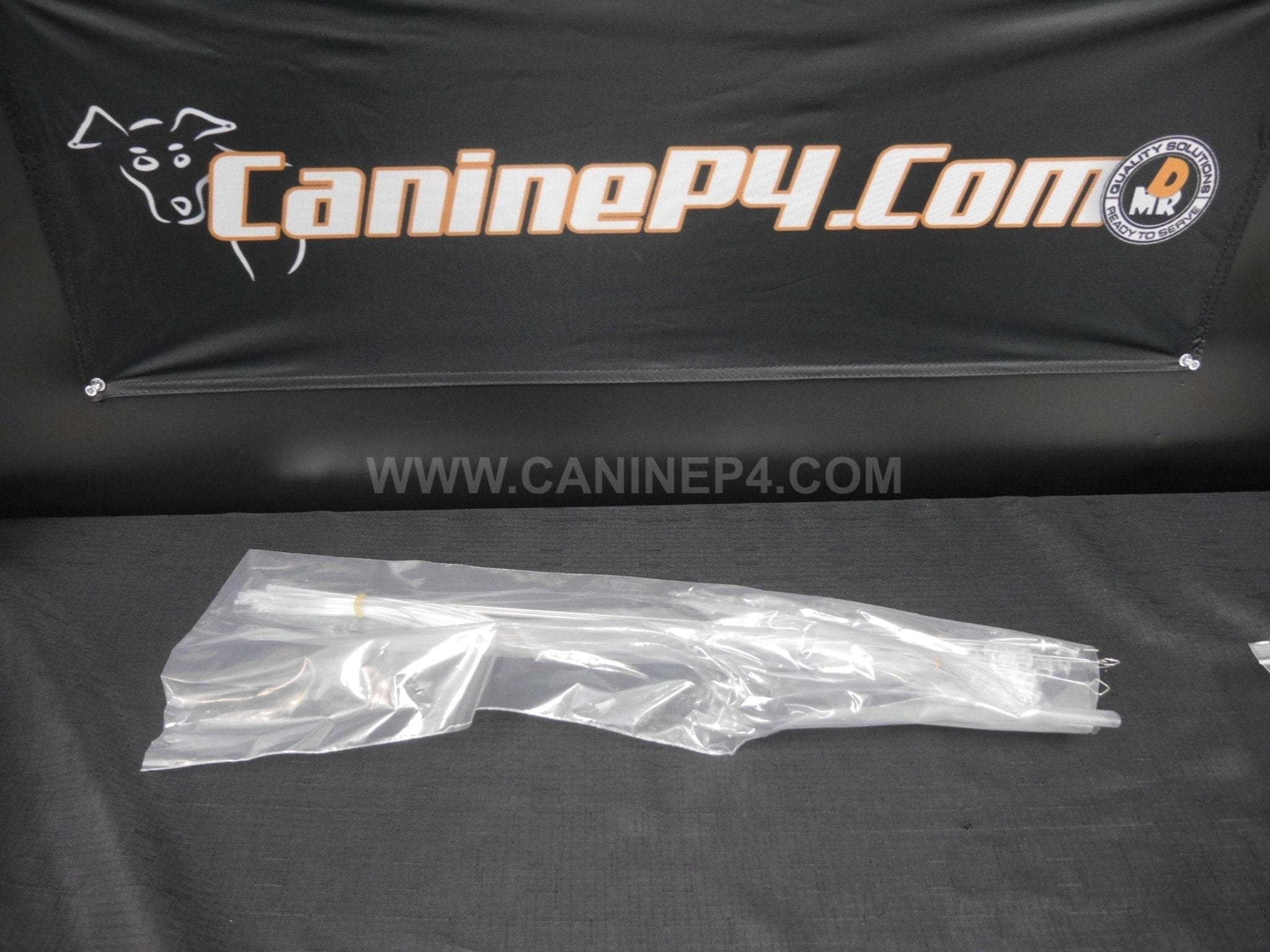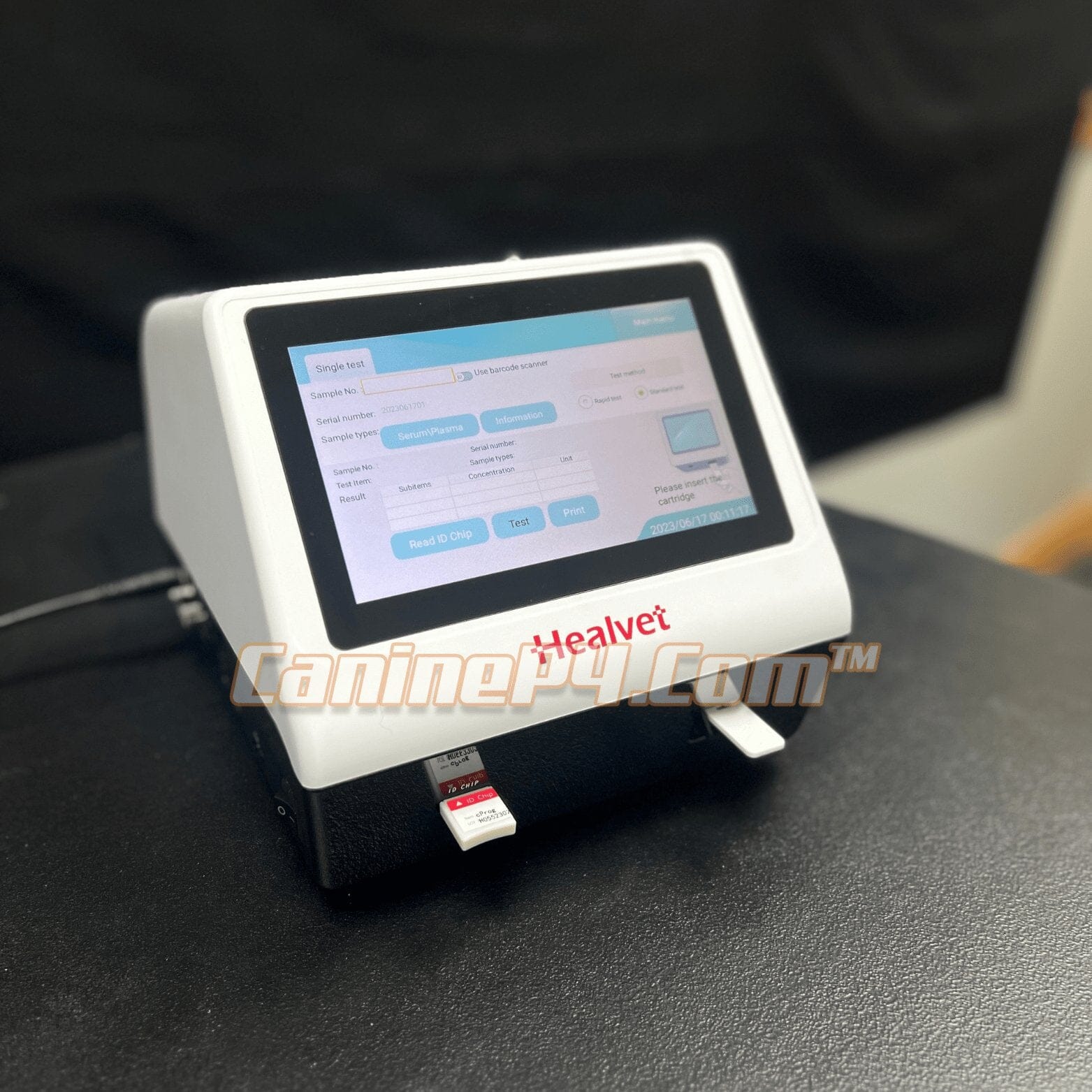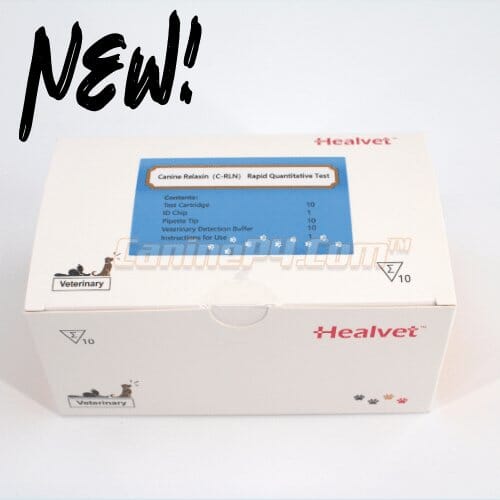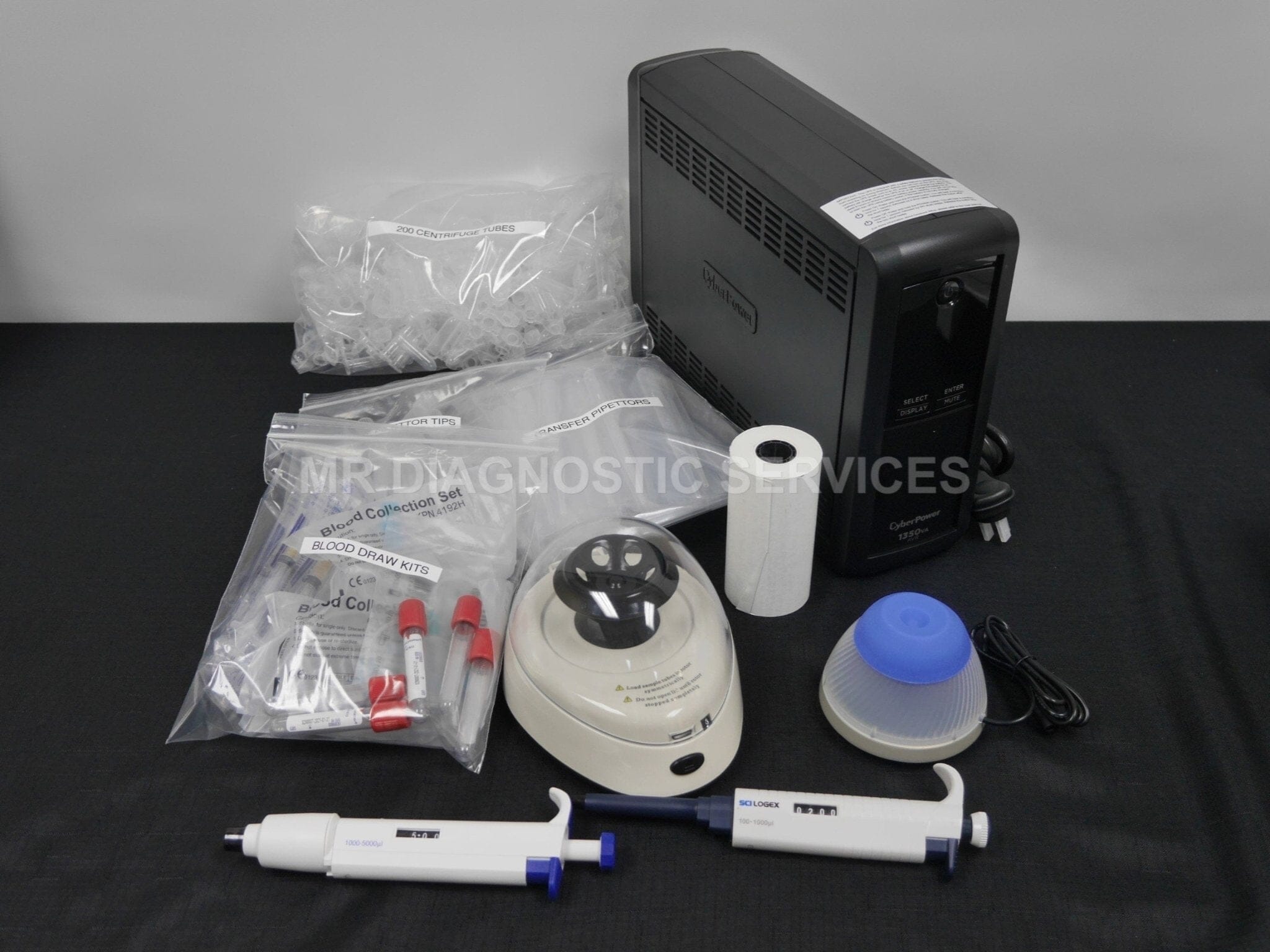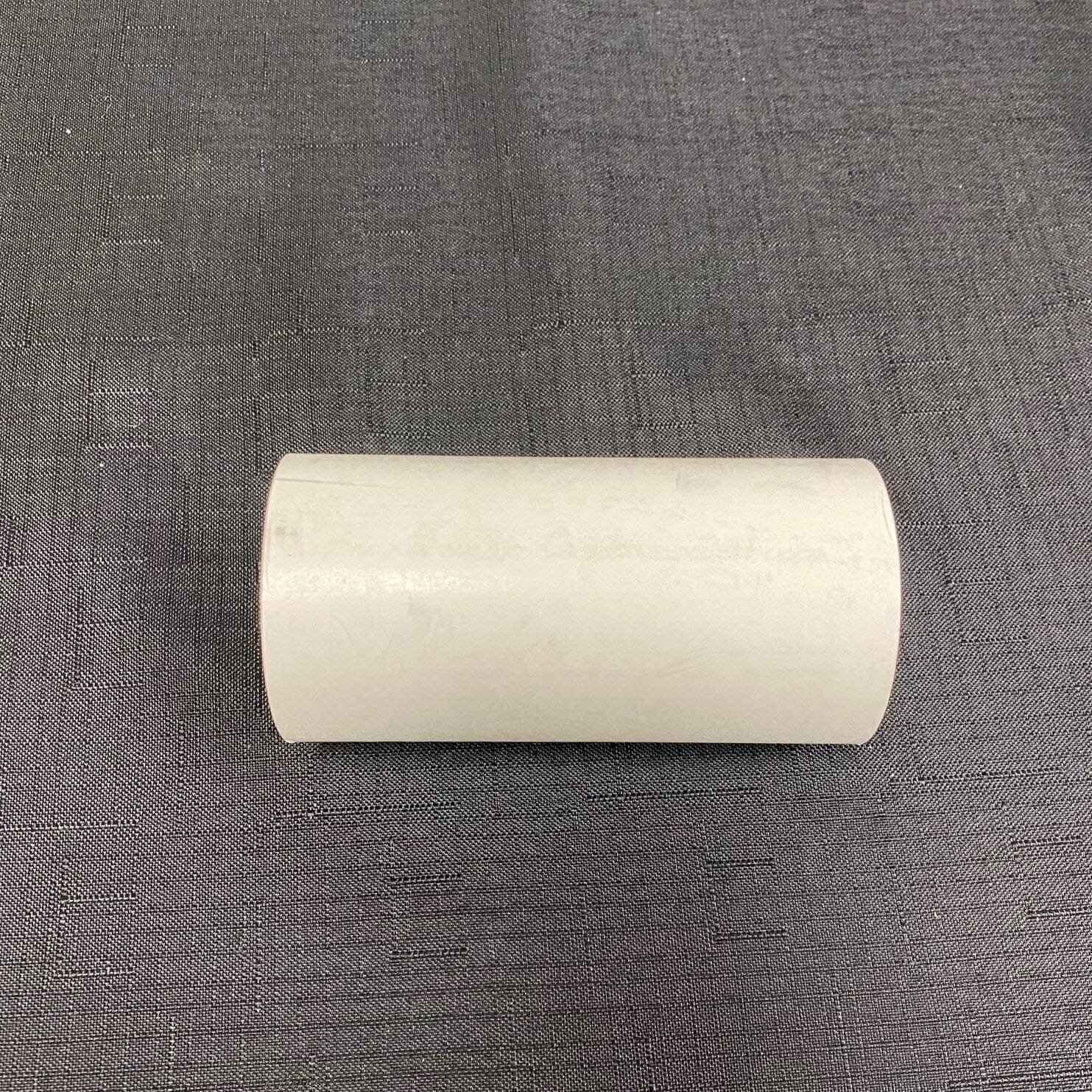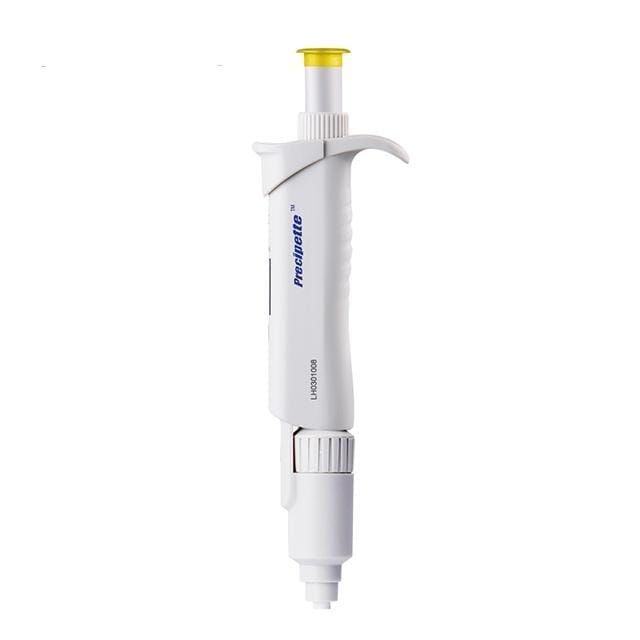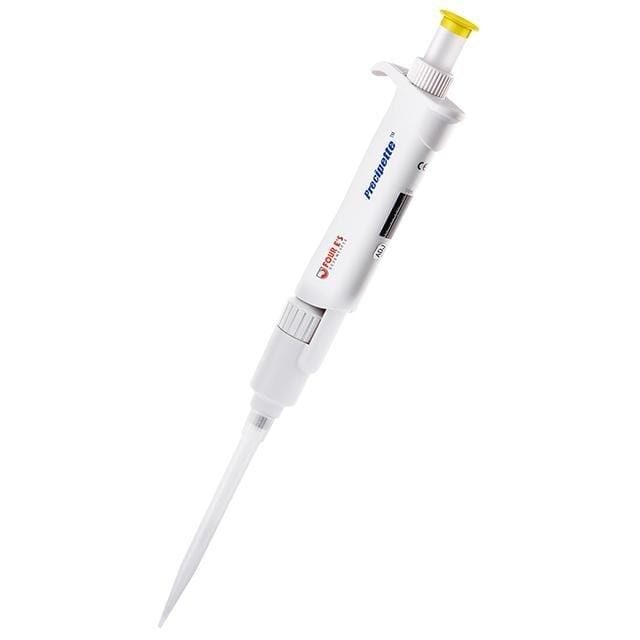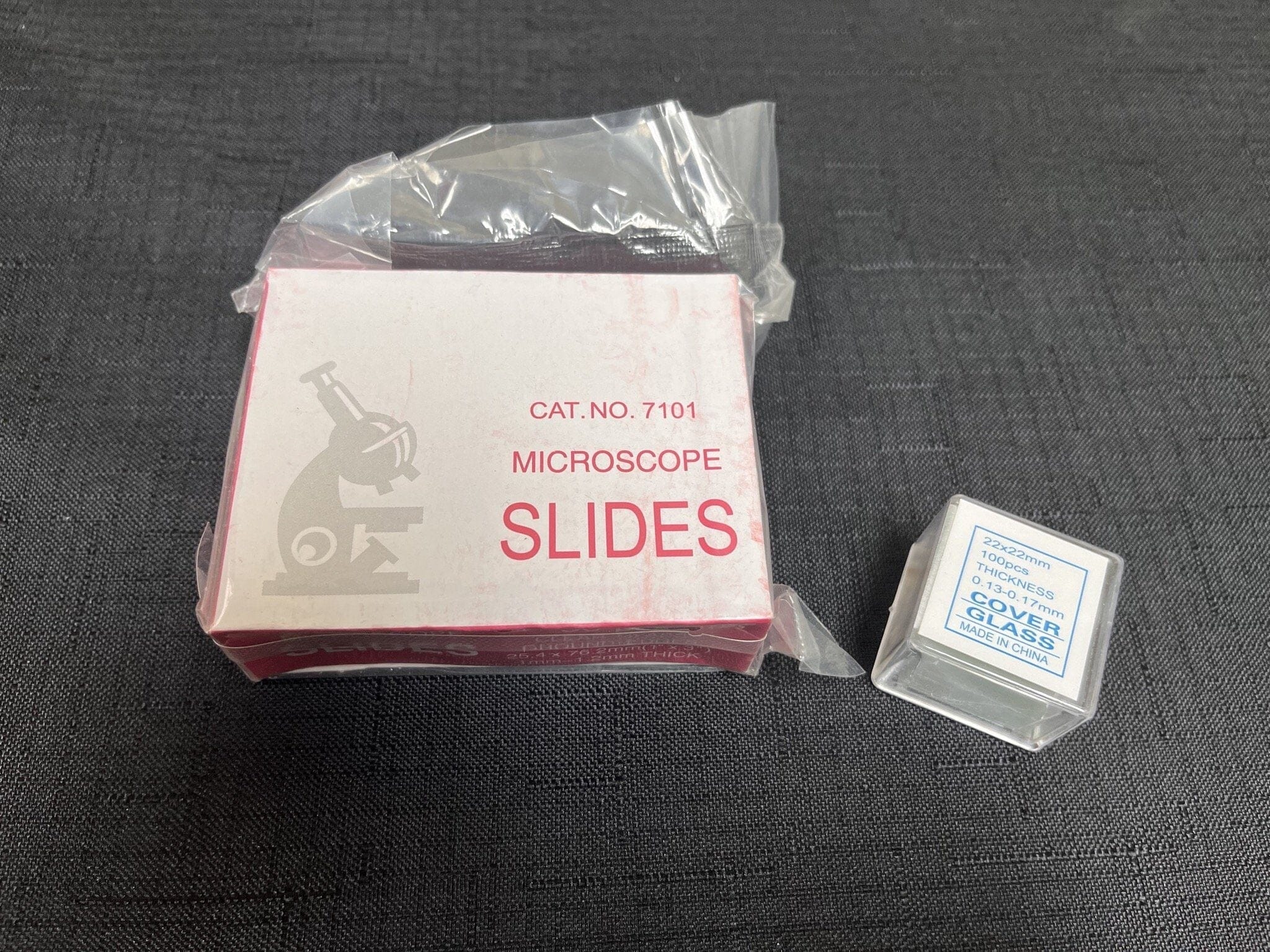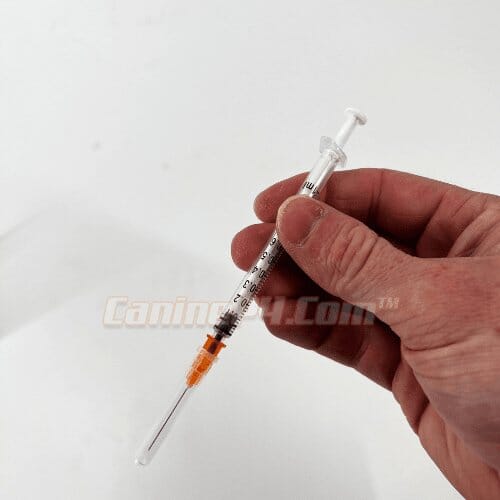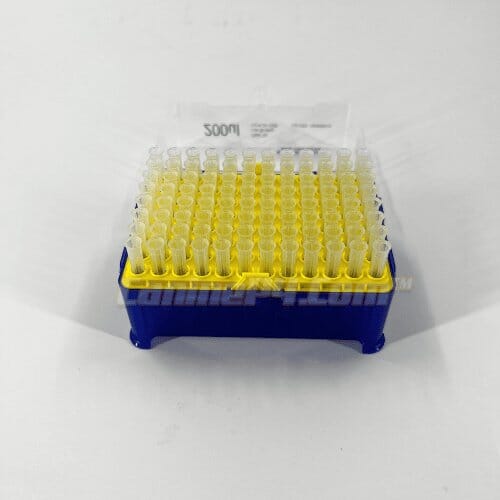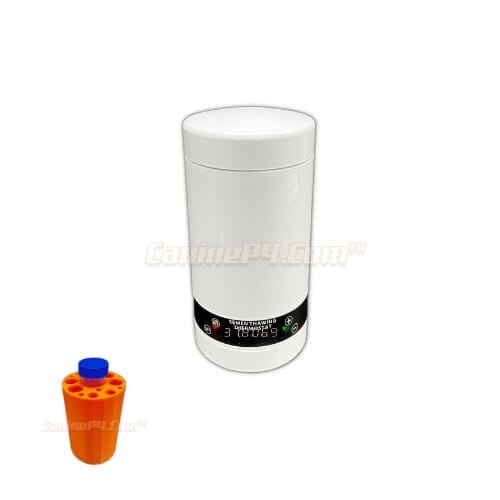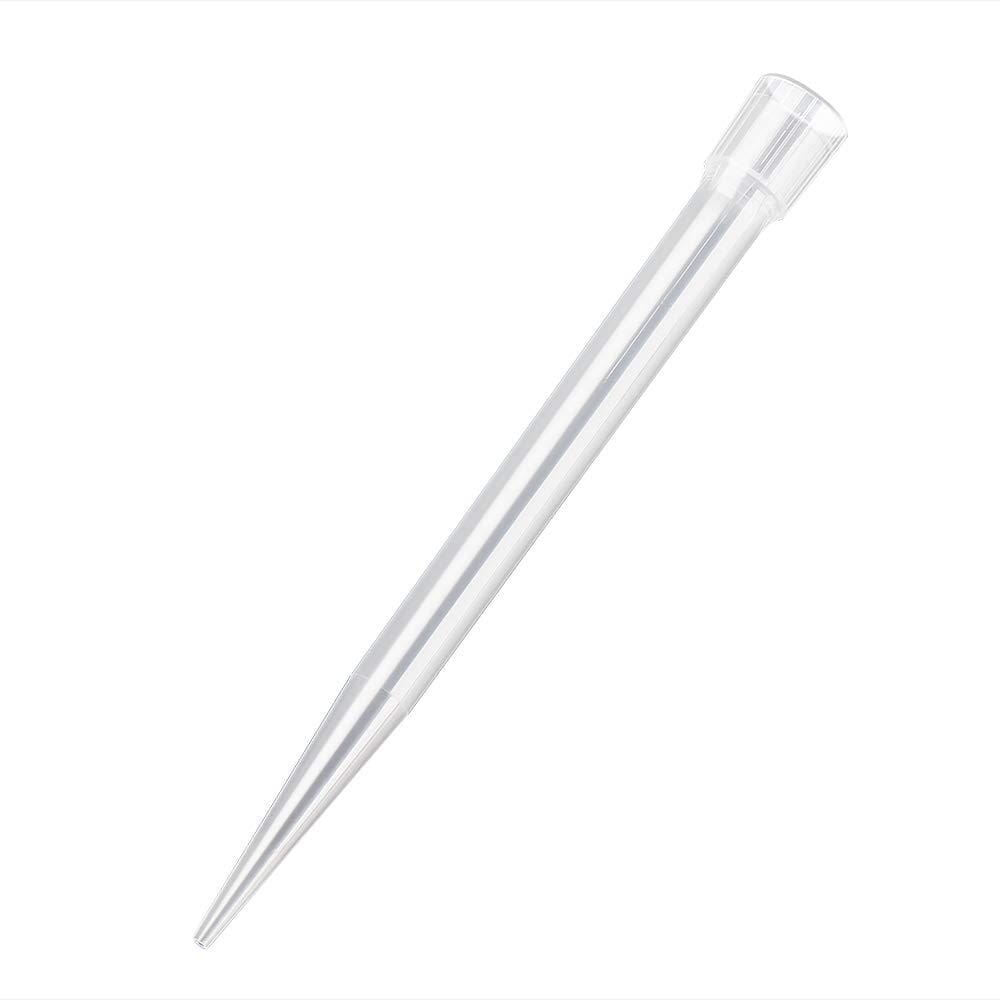Menu
Dog Progesterone Test Is A Diagnostic Tool Used To Measure The Level Of Progesterone In A Female Dog's Blood.
Dog Progesterone Test Is Primarily Used To Determine The Optimal Time For Breeding, Timing Whelping Using Reverse Progesterone Testing, And To Help Confirm Pregnancy.
Dog Progesterone Test Is A Diagnostic Tool Used To Measure The Level Of Progesterone In A Female Dog's Blood.
Here's a general guide on how and when to use a progesterone test for dogs to find the best breeding time:
-
Selecting the Timing: The progesterone test is typically performed during a female dog's heat cycle, which generally occurs every six to eight months. The ideal time to begin testing is when the female dog starts to show signs of receptivity to males, such as a swollen vulva and a bloody discharge.
-
Initial Testing: It's advisable to start testing progesterone levels every two to three days initially. This helps establish a baseline and track the rate at which progesterone levels rise.
-
Test Frequency: As the dog's progesterone levels start to rise, the frequency of testing may increase. Once the progesterone levels reach a certain threshold, determined by the calculated timing chart for the analyzer you are using, the tests should be conducted daily going forward to ensure you do not miss the ovulation and fertility levels for optimal breeding success. Progesterone test for dogs and the levels mentioned here are totally dependent on the analyzer that you use to test with. All of the major brands read differently. We highly recommend that you use the timing chart for the system you are testing with. A quality testing system will have been correlated to the reference method of testing veterinary progesterone (the Immulite 1000). This process results in timing charts for breeding that are equalized thru the correlation process.
-
What is a correlation and why is a Correlation and timing chart important? A correlation test on a veterinary progesterone analyzer is a procedure performed to determine the level of agreement (in progesterone test results) or correlation between the results obtained from the veterinary progesterone analyzer being tested and a reference or established method (Immulite 1000) of measuring progesterone levels.
The correlation test involves analyzing a set of samples (usually 50 test serums) using two or more veterinary progesterone analyzers and the reference method (immulite 1000). The results obtained from all tested methods are then compared and statistically analyzed to assess the correlation between them.
During the correlation test, the following steps are typically performed:
A. Sample Collection: A set of (usually 50) serum samples from dogs with known progesterone levels is collected. These samples represent a range of progesterone values to assess the performance of the veterinary progesterone analyzers across different progesterone test levels.
B. Analysis with Veterinary Progesterone Analyzer: The collected samples are tested using the veterinary progesterone analyzer(s). The analyzer(s) provides progesterone measurements for each sample.
C. Analysis with Reference Method: The same set of samples is also tested using a well-established reference method for progesterone analysis (Immulite 1000). This reference method is considered highly accurate and reliable and is the reference method in the veterinary world.
D. Statistical Analysis: The results obtained from the veterinary progesterone analyzer and the reference method are statistically analyzed to assess the correlation. Common statistical methods used for this analysis include Pearson's correlation coefficient, Bland-Altman analysis, or linear regression analysis.
The correlation test aims to determine whether the results obtained from the veterinary progesterone analyzer(s) are consistent and in agreement with the reference method. A strong correlation between the two methods indicates that the veterinary progesterone analyzer produces reliable and accurate results, making it a valid and necessary tool for measuring progesterone levels by breeders in house and by veterinary labs.
It's important to note that conducting a correlation test is a critical step to validate the accuracy and reliability of the veterinary progesterone analyzer before using it for in-House breeder testing, and clinical or diagnostic purposes. Caninep4 professionals and engineers in all cases perform these tests to ensure that every analyzer we sell has the highest performance and is suitability for reproductive management in your breeding dogs.
-
Determining Ovulation: The progesterone levels continue to rise until the dog reaches the peak level notated on the timing chart that goes with the analyzer you are using. This peak reference range is totally dependent on the analyzer you are using and will not match with other system. The peak level indicates that ovulation is imminent and breeding should be scheduled within the next 48 to 72 hours. CanineP4 provides these timing charts with all the information you need for every dog progesterone test analyzer we sell. Easy to read and simple to follow. Along with ongoing professional support progesterone testing for dogs is easily done in house for breeders and vets alike!
-
Confirming Pregnancy: If breeding has taken place, progesterone tests can be used to confirm pregnancy. If the progesterone levels remain elevated for more than 60 days without a subsequent heat cycle, it is likely that the dog is pregnant. CanineP4 also offers a number of methods and tests to check for pregnancy in your dogs.
EXAMPLE TIMING CHART
Dog Progesterone Test Timing Chart Example For Finecare Vet Correlated To A Immulite 1000.
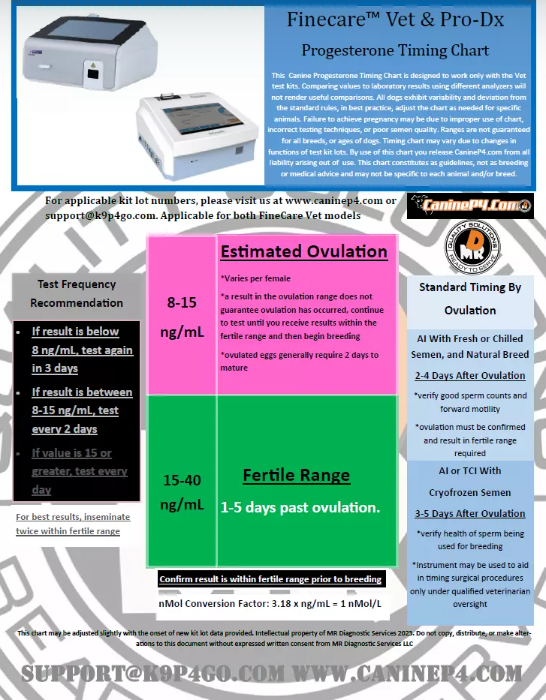
Dog Progesterone Test Can Also Be Used To Predict The Approximate Timing Of Whelping (giving Birth).
By monitoring progesterone levels in the later stages of pregnancy (sometimes called a reverse progesterone test), breeders can estimate when a dog is likely to go into labor. However, it's important to note that progesterone testing alone may not provide an exact pinpoint of the whelping date, as there can be individual variations and other factors at play.
Here's how progesterone testing can be used to help estimate whelping timing (reverse progesterone test):
-
Baseline Progesterone Level: Establish a baseline progesterone level during early pregnancy by conducting regular progesterone tests. This will help determine the normal range for the specific dog.
-
Rising Progesterone Levels: As pregnancy progresses, progesterone levels will continue to rise. This rise is typically gradual and consistent until it reaches a peak.
-
Plateau and Drop in Progesterone: As the dog approaches whelping, the progesterone levels will reach a plateau and eventually start to decline. The drop in progesterone is often an indication that labor and whelping are imminent.
-
Monitoring Progesterone Levels: Conduct frequent progesterone tests during the later stages of pregnancy, especially once the levels start to plateau and decline. This can help track the decreasing trend and provide an estimate of when whelping is likely to occur.
It's important to remember that progesterone testing is just one tool in estimating whelping timing and should be used in conjunction with other signs and observations. Other signs of imminent whelping can include behavioral changes, nesting behavior, temperature drop, and the appearance of milk in the mammary glands.
Can A Dog Progesterone Test Be Preformed At Home?
Yes! Thousands Of Dog Breeders Do Their Own Dog Progesterone Testing At Their Business Or At Home!
Caninep4 is the leader in home and business dog progesterone testing equipment. Our engineers, customer support, and technical support experts make learning the process easy! We always have your back with ongoing support including a dedicated staff of highly trained and available customer service folks! have helped to provide thousands of breeders and vet with the right equipment for their needs and we are they for them as they start the process of saving a ton of money and time by doing their dog progesterone test in house.
Disclaimer CanineP4 and its staff are not veterinarians but engineers and trained tech support personal with well over 45 years of experience.
Can I Save Money And Time With In House Dog Progesterone Testing!
Yes! Many Or Our Customers Save Untold Hours And Thousands Of Dollars Doing Their Own In House Testing !
Preforming in house progesterone testing for your dogs will save you time and money in ways you have not thought about. Let me list just a few and see it they fit your work style.
1- Saves many hours of time driving to the vets lab to get a simple progesterone test done. Lets say you have to travel 2 hours round trip (many of our customers use to travel well over that on a regular basics). What does that really cost you?
-
Your time at a minimum of $50 an hour would work out to at least $150 that would be 2 hours driving and at least one hour at the testing office.
-
Cost of the travel reflected in fuel, and wear and tare on your vehicle (IRS value would be $.585 per mile). Say the two hour trip was 80 miles @ $.585 + $46.8
-
Cost of the test at the vet lab. Average cost for a progesterone test nationwide is about $100 per test. Some are a lot more some a bit less.
-
Hundreds of extra dollar costs for weekends and holidays. With an in house unit you can test for $9-$18 per test any time you need to!
-
The number of times you will need to take the dog in for testing before your have a successful litter. This can be from 1-10 times depending on your breeding style.
-
Estimated 5 trips would cost you a minimum of $1489 per litter. This is a very conservative number most are much higher. 5 tests with your in-house progesterone analyzer would be $45 to $90 depending on the unit your use for testing.
You can see the cost of a in-home progesterone testing machine maybe covered in just a few breeding's depending on your situation!
Looking for dog breeding supplies? Check out our ever-growing array of products Here
Breeders Tech Center In Neenah Wisconsin. Home for CanineP4! It's Where It All Happens!
844-673-7378 Call For Appointment.
- Choosing a selection results in a full page refresh.



